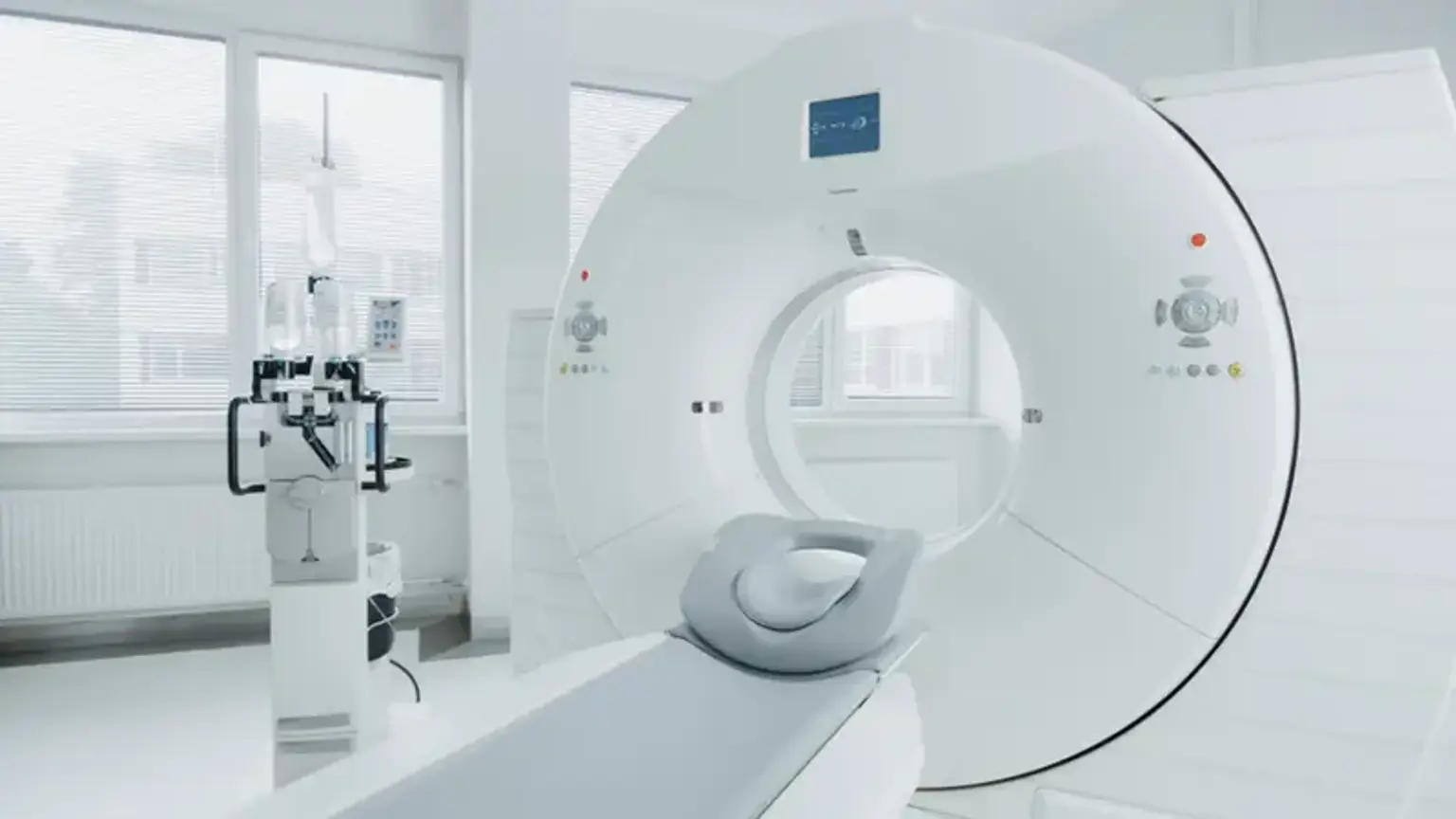PET-CT
The medical community is beginning to recognize positron emission tomography (PET) and PET/computed tomography (CT) as significant imaging procedures, and their use is rising. Although PET has been a valuable research tool for many years, its significant expansion into therapeutic applications has only recently begun. Its primary application today is in oncologic imaging. However, it also has a wide range of clinical uses in psychiatry, neurology, and cardiology. One of the main benefits of PET in oncologic imaging is that it can accurately measure the activity and spread of the disease with just one whole-body scan. PET/CT combines the CT scan's structural details with the PET's functional information, considerably helping in correct staging, therapeutic response evaluation, and early diagnosis of recurring cancer.
